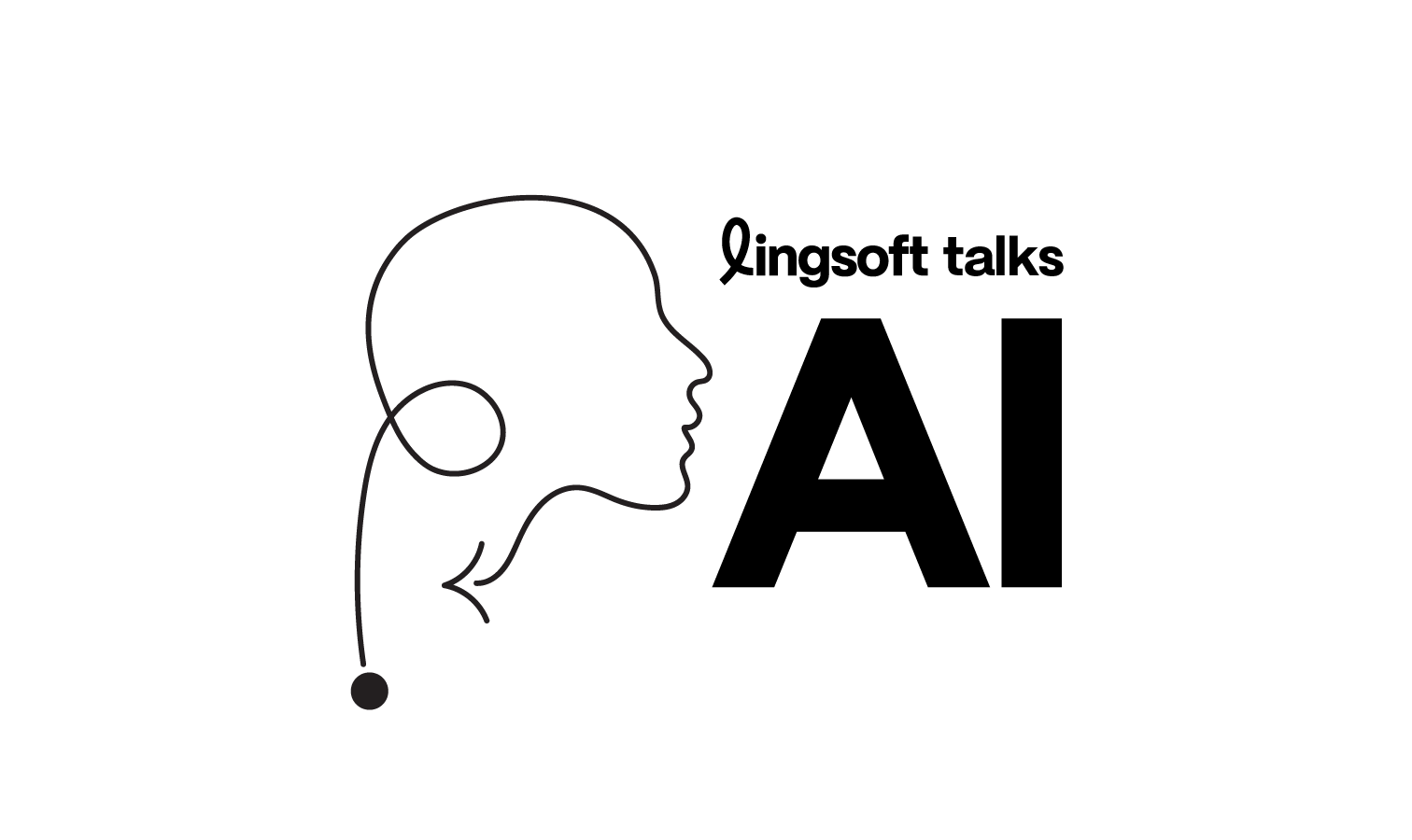Lingsoft has been using AI in its business for 40 years. Lingsoft talks AI is a series of articles in which our own experts give their views on AI and its use and potential in the language sector.
“It’s about identifying the right problems and solving them”
Chief Customer Experience Officer, Maria Leinonen, has been working in the language sector for more than two decades. Her long experience in developing language services, technologies and processes and tailoring them to the needs of customers also gives her a good insight into how AI can best be applied for the benefit of the customer.
Understanding the customer’s line of business and identifying their needs and problems is therefore crucial when designing new language services. According to Maria, knowledge of technologies or products alone is not enough.
“At its best, AI speeds up knowledge work processes, eliminates redundant work, acts as a sparring partner and improves efficiency,” says Maria. “However, it can’t do it alone and the best use of AI comes from collaboration between humans and AI. While large language models are constantly evolving and capable of ever greater feats, the human role as expert, fact-checker, quality-checker and teacher remains indispensable.”
Relevant solutions and being realistic about hype
Maria Leinonen stresses that Lingsoft aims to provide its customers with exactly what they really need – not just what they ask for. Many companies may have high expectations of the omnipotence of AI, but Lingsoft’s goal is to be realistic about the hype and provide relevant solutions that genuinely improve operations.
According to Maria, it is important to understand the customer’s work, processes and problems so that Lingsoft can provide a service that is tailored to the customer’s needs.
“There are many forces driving customer needs and decisions such as legislation, the retirement and shortage of skilled staff, the need to streamline, save and cut public administration, as well as market change,” she continues. “We need to understand these in order to provide relevant solutions – with or without AI.”
Process remains key
Maria Leinonen says that, when providing and designing services, it is still important to think about the customer’s overall process. According to her, there are no single “silver bullets”, but usually the solution is a hybrid model of process modification, new technology and new forms of collaboration. In such cases, changing operating practices is often the hardest thing to do.
“We want to encourage and challenge our customers to think that technology can enable new, more meaningful ways of working that benefit the whole organisation,” says Maria. “However, it’s not always a technical issue. The solution may lie in a change of process or working methods.”
Close cooperation pays off
According to Maria Leinonen, making the best use of AI requires both the language service partner and the customer to learn new things, but she stresses that Lingsoft never leaves the customer alone. The shared learning process requires long-term cooperation and trust.
“Our goal is to deliver solutions that best serve our customers. That’s why we want to provide answers to the specific problems so that we can improve the customer’s business. This requires close cooperation but, when we can experiment and develop things together, the end result is the most fruitful,” concludes Maria.
Categories:

